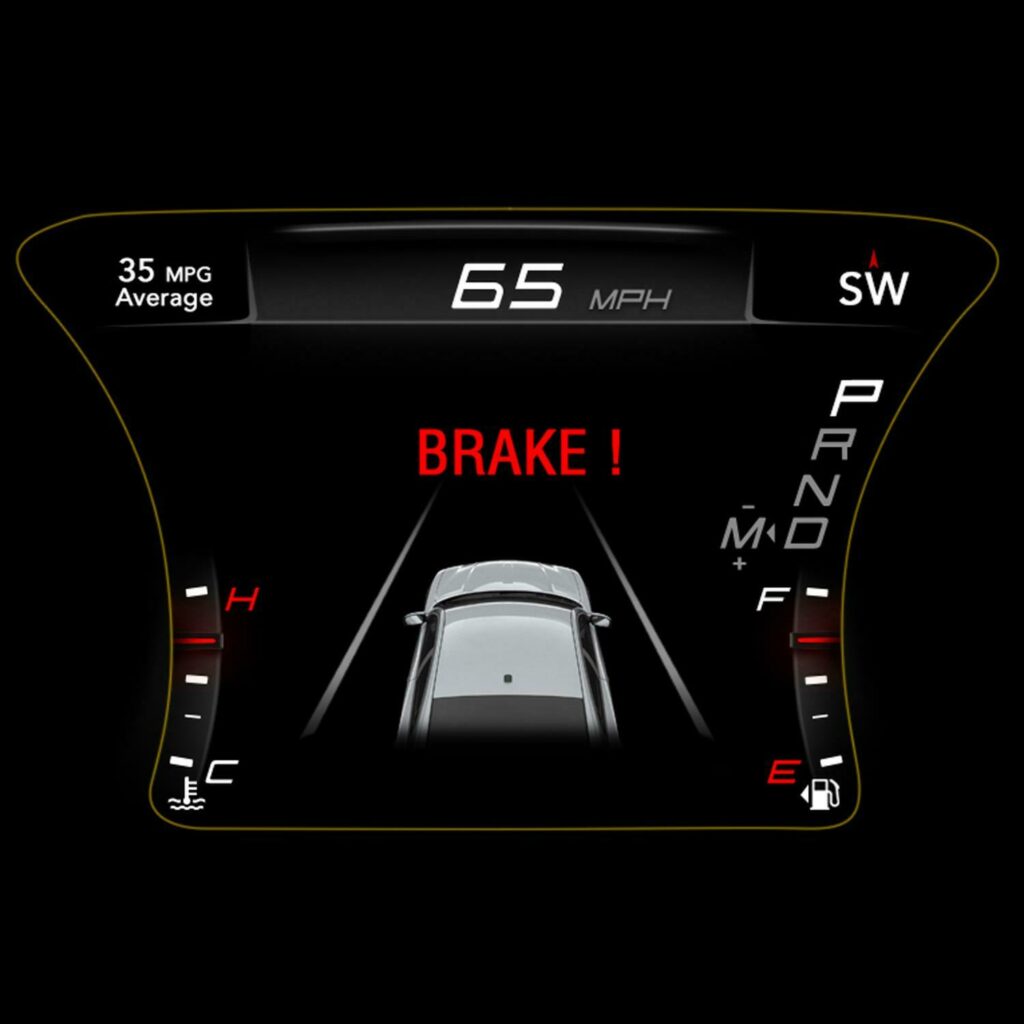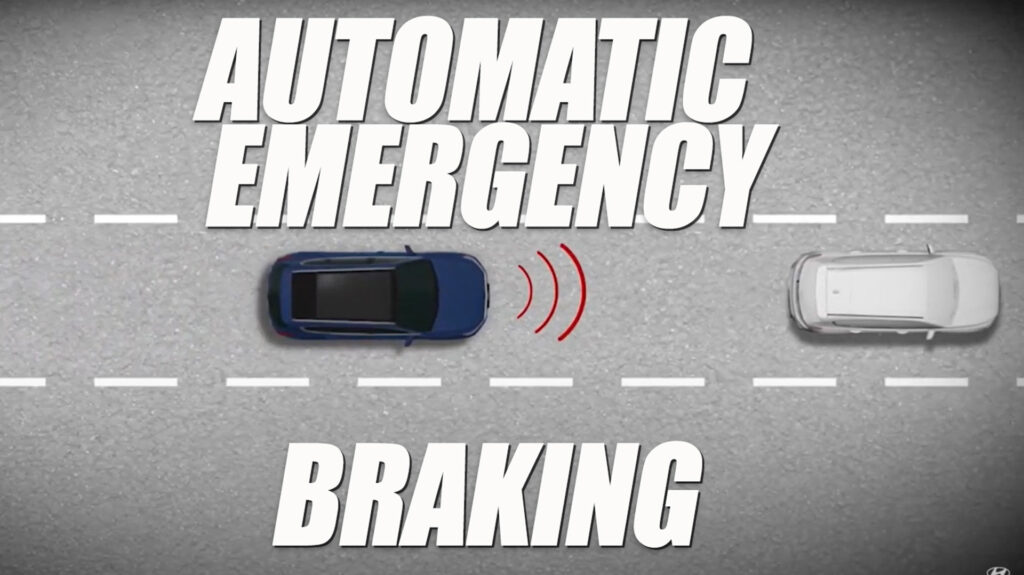- Automatic emergency braking (AEB) technology is effective but regulators want it to improve.
- Several automakers say that the demands put forth are impractical and too expensive.
- If nothing changes, automakers will have to install AEB tech that works up to 62 mph (100 km/h).
Driver safety technology is saving lives every day in a quiet but mighty way. At the same time, some of that tech creates unexpected problems. Now, regulators in the USA want automakers to enable automatic emergency braking at up to 62 mph and brands like Stellantis, Mercedes, and Honda are not happy.
The Alliance for Automotive Innovation (AAI) is a lobbyist organization with ties back to the 1960s and includes Stellantis, Honda, Hyundai, Kia, BMW, Mercedes, GM, Ford, Ferrari, Isuzu, Mazda, Toyota, Nissan, Mitsubishi, McLaren, Jaguar Land Rover, Volkswagen, Volvo, and more.
Read: 1.16 Million Jeep, Chrysler, Dodge, And Ram Models Recalled For Reverse Camera Fails
According to The Wall Street Journal, the AAI filed a petition against parts of NHTSA’s new AEB rules. In 2016, several carmakers voluntarily agreed to add AEB to the majority of their models, with IIHS wanting to make its AEB testing protocol more stringent.
The latest rules dictate AEB systems to be able to automatically apply braking at speeds of up to 90 mph and work effectively to avoid a collision with another vehicle at up to 62 mph. “The new vehicle safety standards we finalized today will save hundreds of lives and prevent tens of thousands of injuries every year,” Transportation Secretary Pete Buttigieg said in a statement at the time it was passed.
However, automakers believe the new rules to be simply too expensive and not effective enough, adding that they’ll have to pass the extra cost to the consumer. “Yes, this rule will make vehicles more expensive, but the real issue isn’t cost—it’s cost/benefit… [it] will require more costly systems that won’t improve driver or pedestrian safety,” says John Bozzella, president of the Alliance for Automotive Innovation.
Data seems to indicate that the reality is far more complex. Several modern driver aids have exhibited serious design flaws, putting occasionally drivers in dangerous situations. But at the same time, there’s no question that AEB and other driver-assistance technologies have saved lives.





